Portfolio > MIT Mystery Hunt 2013
An evil bank has acquired The Coin for the MIT Mystery Hunt. Recruit a elite team and pull off a bank heist to get it back!
For the 2013 MIT Mystery Hunt I served as as hunt's art director, which meant I both coordinated design-related tasks for other team members and contributed much of the art and web design myself.
Branding
The two opposed entities in the hunt (the evil bank and the heist crew) needed distinct brands.
Enigma Valley Investment & Loan (EVIL)
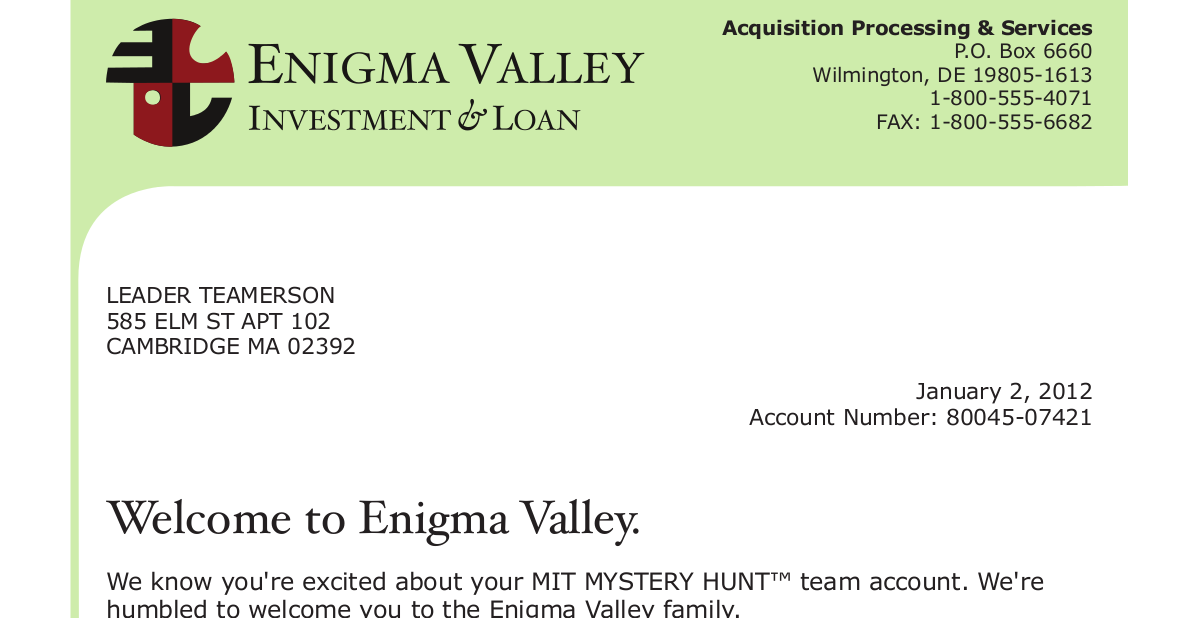
Like many banks, the fictional hunt bank's wordmark used formal, serifed small-caps. Its logo resembled a plausible corporate logo (some compared it to a Pacific Northwest regional bank) but the quarters of the logo circle spelled out the bank's acronym (E-V-I-L) with sharp, curved edges.
The bank's palette: black, blood-red (aggressive colors traditionally associated with "evil" in the Western world), and light green (for money).

The bank's main page was sedate, with a black-and-white version of the company logo. As a supposedly internal-facing site, it deliberately used mostly-HTML-default typography and old-fashioned file/folder icons.
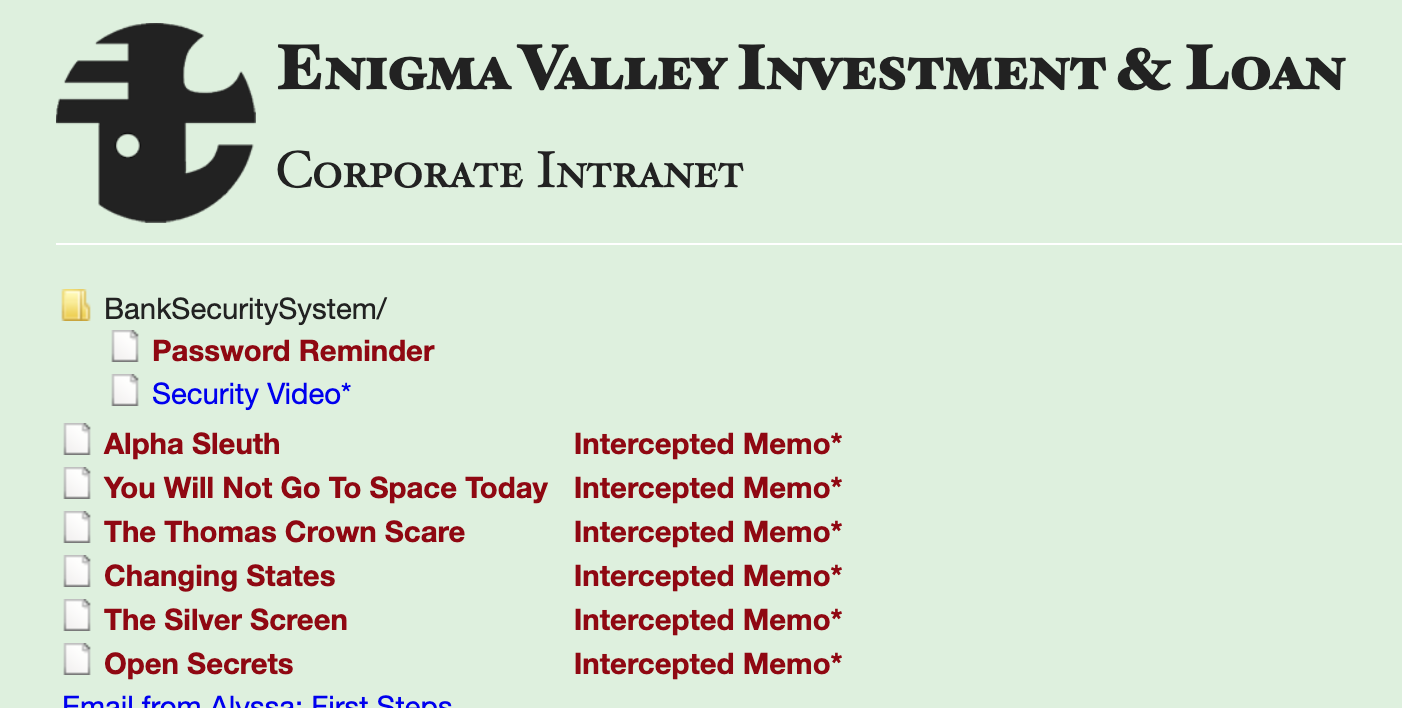
Coinheist
By contrast, the heist's logo and main page were bold, stark, and daring. The contrasting text sizes resemble those on film posters and credits, especially heist movies like Sneakers andOcean's Eleven.

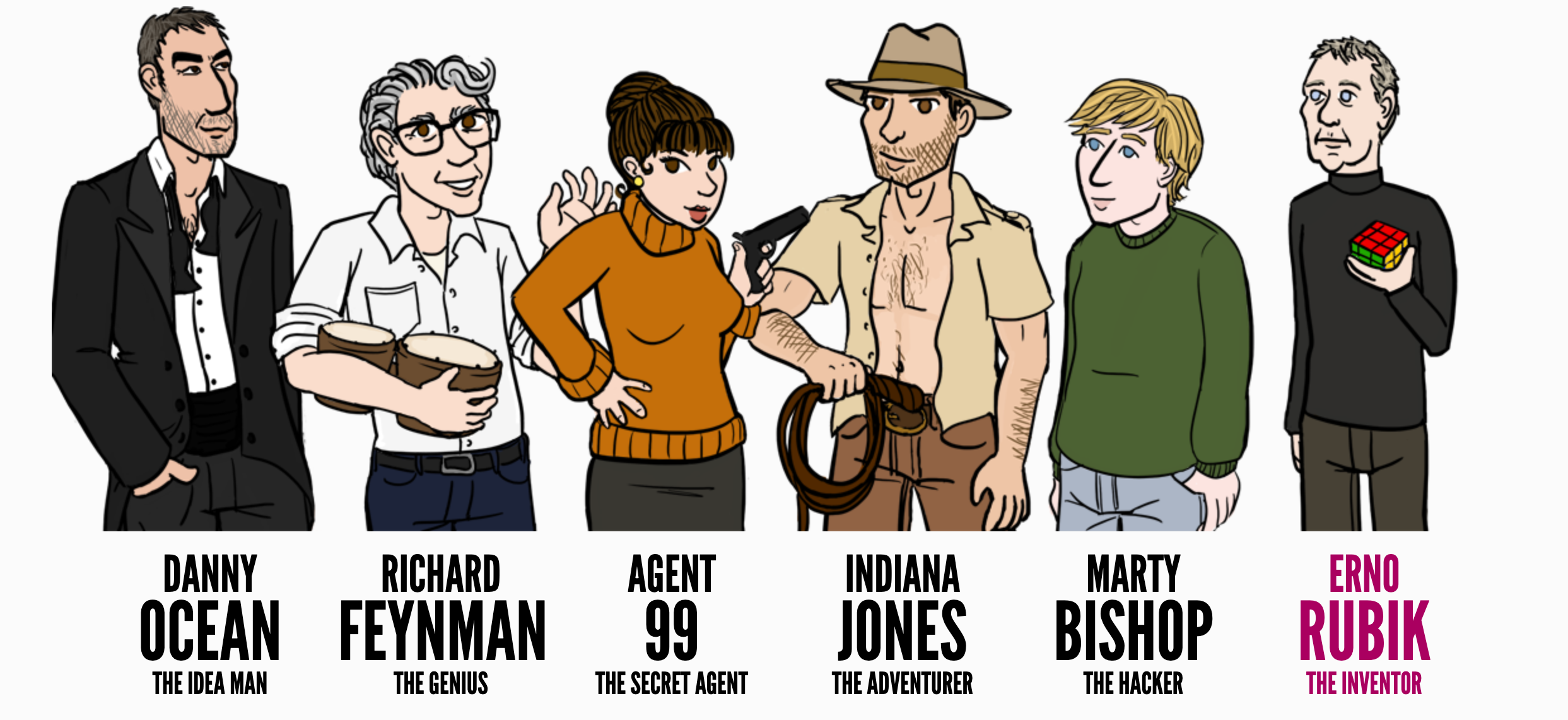
Puzzle Presentation
Each round's section of the website had its own theme based on the heist team member you were recruiting.
Danny Ocean
Like Vegas: bright, splashy, and neon.
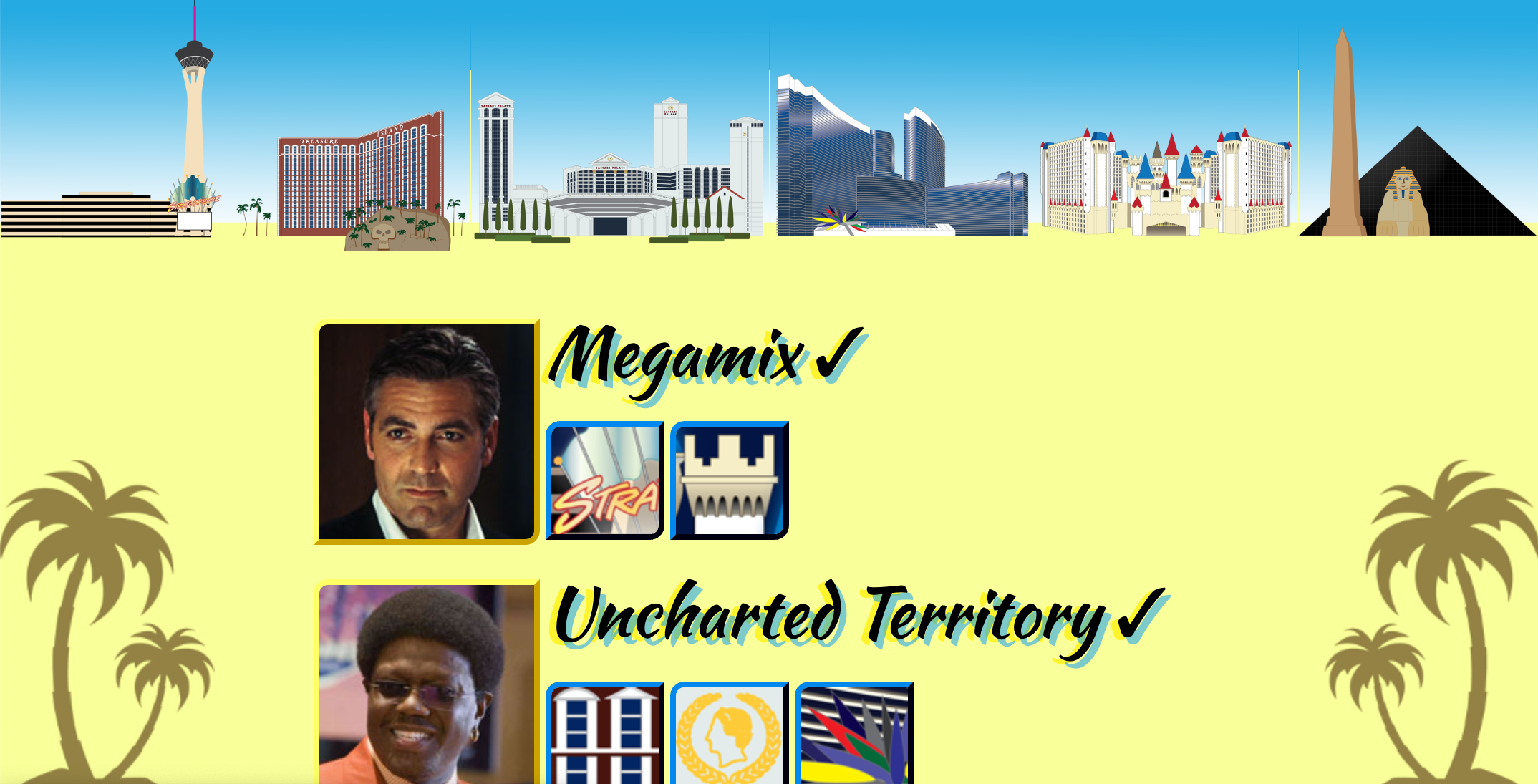
Richard Feynman
A typical academic's homepage: basic Helvetica Neue typeface, the professor's author-photo, and a mostly-monochrome color palette other than grading-pen red for highlights.

Agent 99
Cold War-era surveillance dossiers--typewriterlike fonts, physical papers, and a desk with the rotary "shoe-phone" from the old spy spoof TV show Get Smart in the background.

Indiana Jones
Weather-worn, old-timey maps with each puzzle associated with a location, connected with the ubiquitous red line indicating travel in film.

Marty Bishop
A command-line interface on an old phosphorescent computer terminal, with monospace text and black and radioactive green colors.

Ernö Rubik
The Rubik round homepage had a WebGL-based, interactive Rubik's cube on it, with puzzles corresponding to the 27 subcubes. Its design otherwise was minimalist and "designer-y" in shades of white and light gray.

Physical art
T-shirt
A teammate drew a "1-percenter" version of MIT's beaver mascot with top hat, monocle, and briefcase, which I adapted for the official hunt t-shirt design.
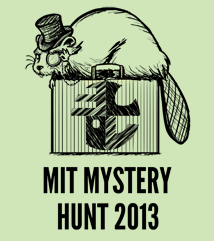
Coin
I made a 3D version of the design for the coin printer with lighter and darker colors corresponding to the desired heights.
